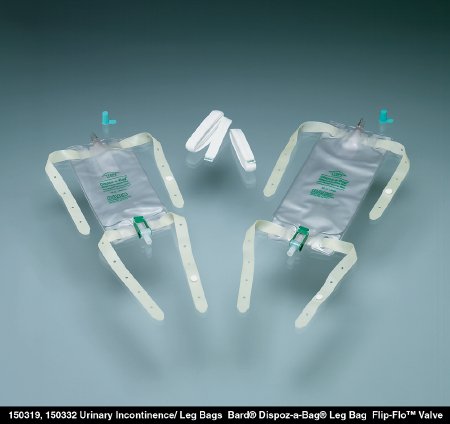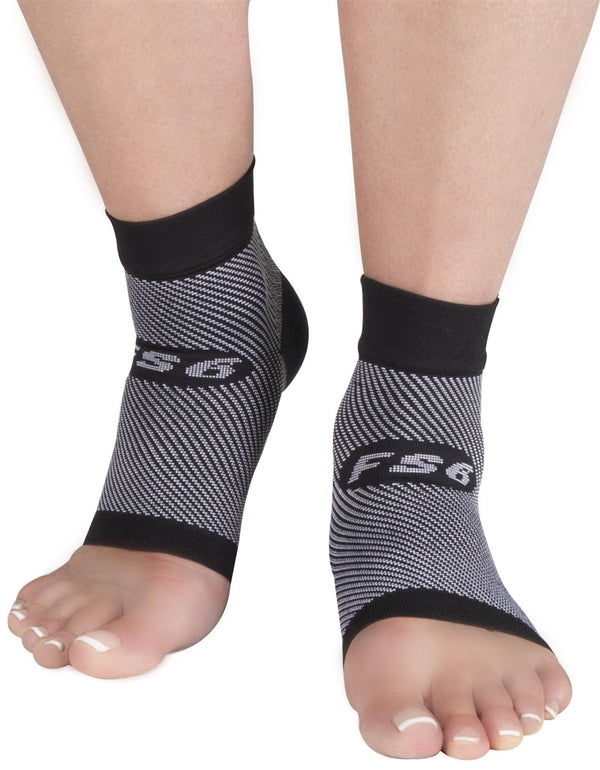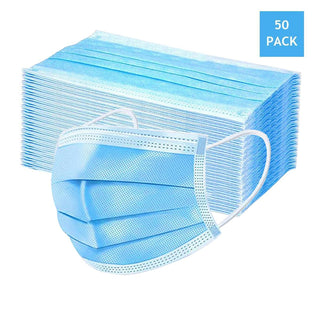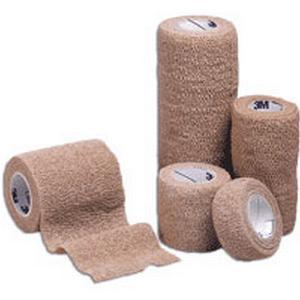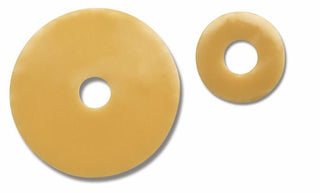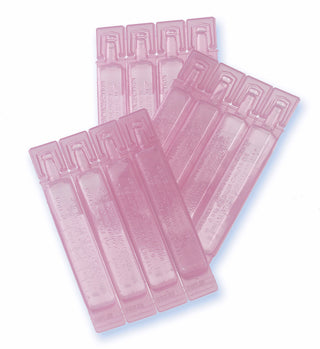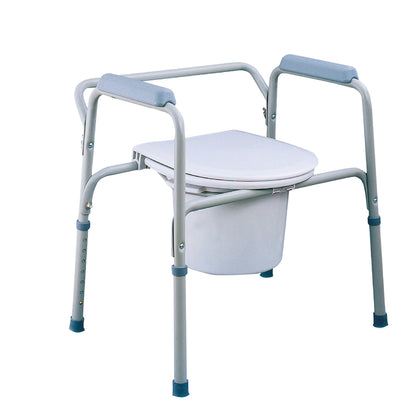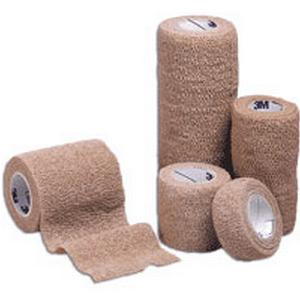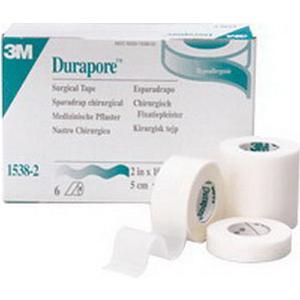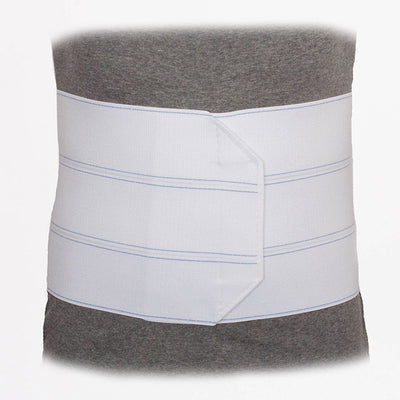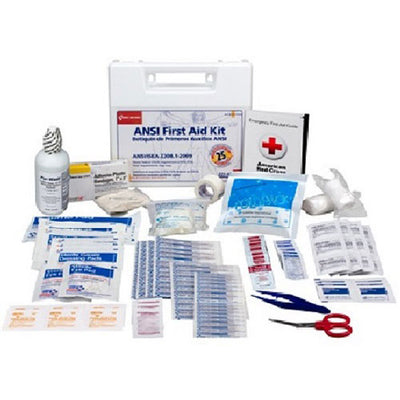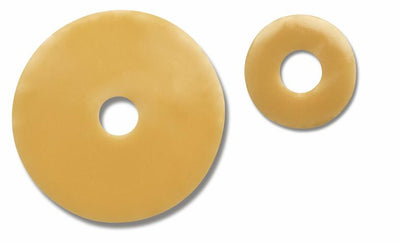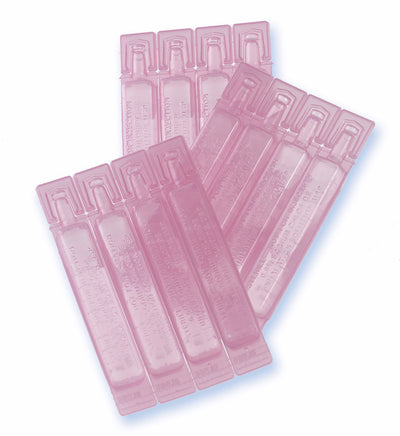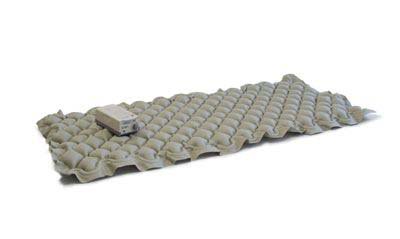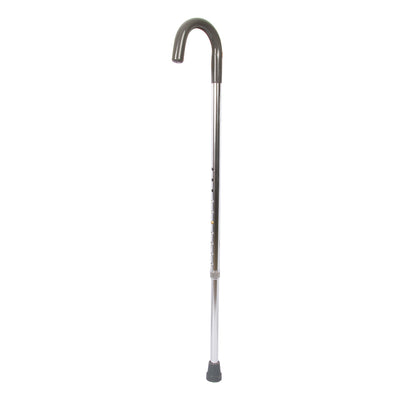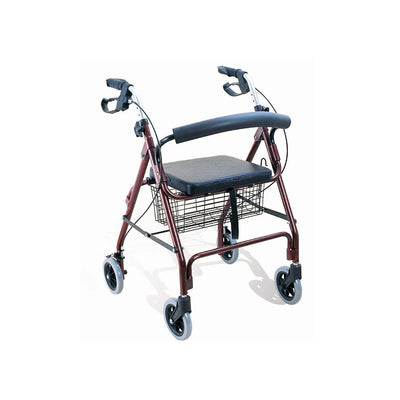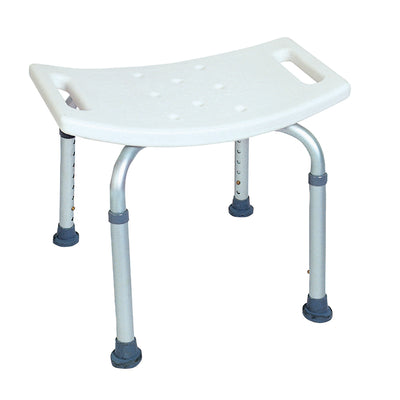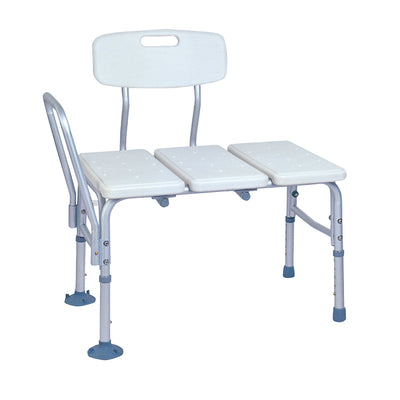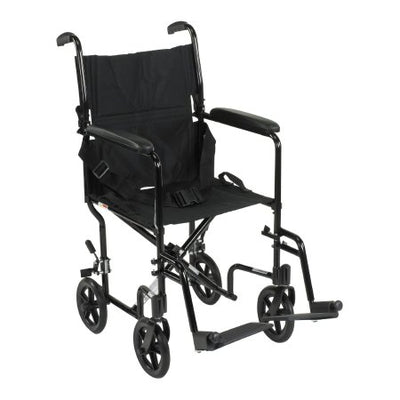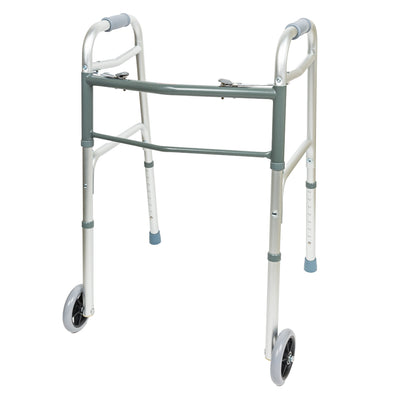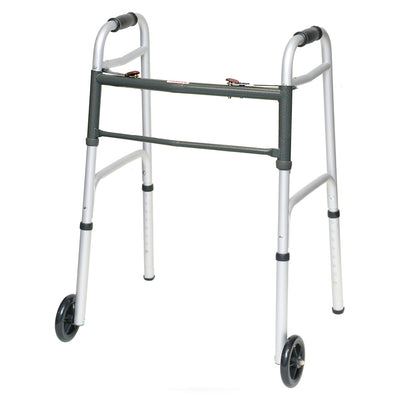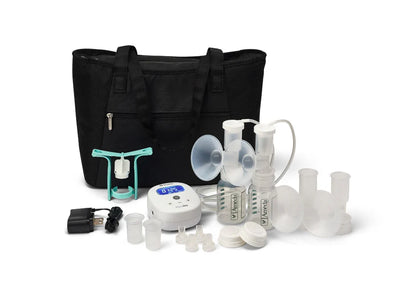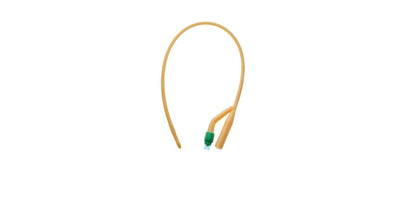-
No Drainage
Whether you're self-catheterizing or have an indwelling catheter, you may experience a lack of drainage at some point in time. If you're performing self-catheterization (also known as intermittent catheterization), this can occur simply because the drainage holes are being blocked by lubricating gel. In this case, your urination will eventually dissolve the water. You'll also need to ensure you've inserted your catheter correctly. If you have failed to do so, remove the catheter and use a new one to reduce the risk of infection. If, after doing so, you still cannot drain your bladder, remove your cath and call your doctor.
If you're using an in-dwelling urinary catheter, kinks in the drain tube may be causing your bladder not to drain properly. Look for and remove any kinks in the catheter itself or in your drain bag tubing. You'll also want to ensure your catheter is positioned correctly below your bladder. If you don't find any kinks, your catheter may have a blockage, especially if you feel a strong urge to urinate or abdominal discomfort. In this case, you need to visit your doctor or a hospital right away. Not experiencing these symptoms? You may just need to increase your fluid intake. -
Urinary Leakage
Those with indwelling catheters may experience urinary leakage. When this occurs, it's usually because urine isn't able to drain through the catheter for some reason. Again, this can be attributed to kinks in the drainage tubing or a blockage. Urinary leakage is a sign that your catheter may need to be changed, so be sure to go to an emergency facility. -
Pain, Discomfort, or Changes in Urine Appearance
More than likely, these are signs of a UTI. Catheter-associated urinary tract infections are extremely common, accounting for more than 30% of all healthcare-associated infections reported by acute care hospitals. But they often happen frequently outside of hospitals, too. If you notice your urine is cloudy, smelly, or has changed color and you are experiencing itching, soreness, a fever, back discomfort, or a general feeling of malaise, you should contact your doctor immediately. While increasing your fluid take can help, it's advised that you call your doctor as soon as possible.
3 Common Catheter Issues and How to Fix Them
← Older Post Newer Post →








